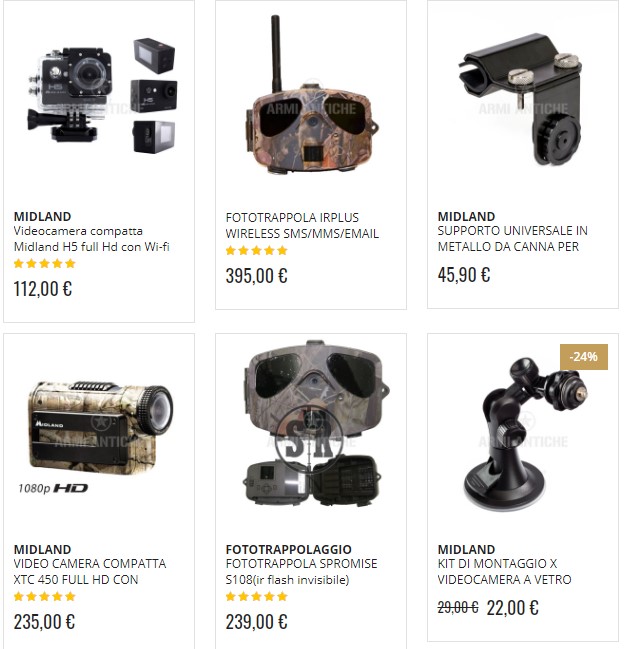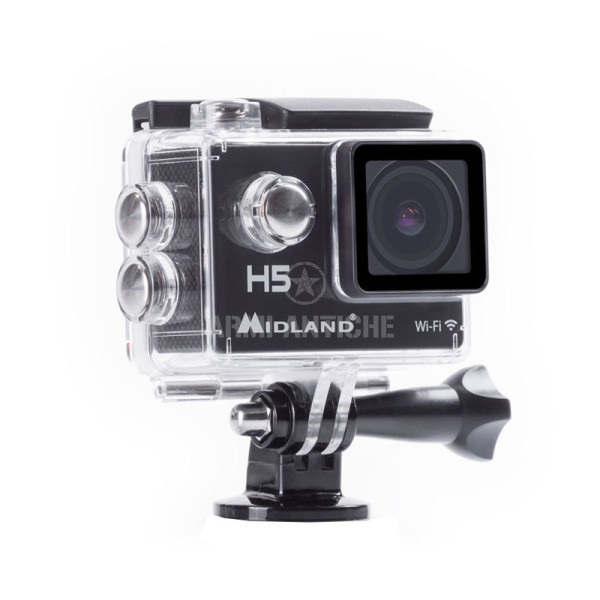
Which Fototrappola Camcorder is Ideal For Surveillance?
Looking in doing surveillance?
Well, technology improvements in CMOS and CCD image sensors in addition to the introduction of high definition recording and display formats have certainly caused the introduction of lots of different camcorder models.
Because of the variation in characteristics and price points, it’s more difficult than ever to choose the camera that is optimal.
Certainly, some models will be better than many others in consideration of the application for which the camcorder is intended and the qualities that are required.
It ‘s better to provide tips useful when assessing models intended for a particular application, because there are so many factors involved in creating a choice and because models are introduced.
Then, as new models become available, they may be compared to existing models based on the guidelines.
- The paper’s goal is to offer guidelines that should be taken into consideration when evaluating camcorders.
- These programs are those that would be used by military, law enforcement and specific investigative personnel for collecting evidence or doing electronic news gathering and include watching at a distance.
- As these are useful tips for comprehending important camera specs, before creating your camera purchase choice, we recommend that you perform your research of available models and, based on these guidelines, select those models that are expected to provide the best performance and perform your own tests under real-life scenarios.
- You may learn that other factors could be important to your particular application and that your final choice is that a compromise of those facets.
For surveillance picture quality is of highest significance. Camcorder resolution and sensitivity will be the primary factors to consider, with a variety of related factors like
- image and pixel fields-of-view
- the pixel size, in addition to the frame rate,
- picture stabilization,
- alternative lens alternatives and lens interchangeability
- integration mode
- digital zoom and screen resolution
- user interface
- video formats
- recording media
- manual gain
- infrared mode
- video compression
- external audio input signal
- viewfinder
- robustness
- video compression
Camcorder Resolution
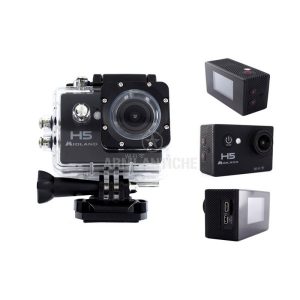 A variety of different camcorder specifications affects video resolution. It is well known that high definition camcorders deliver higher resolution than standard definition formats.
A variety of different camcorder specifications affects video resolution. It is well known that high definition camcorders deliver higher resolution than standard definition formats.
However, it’s important to realize that if the camera is used to record image sequences that are later to be seen either optical resolution and the recording format has to be considered in deciding the greatest video resolution.
Considered the optical resolution is dependent not simply on the detector array size but also the image and pixel field-of-view. Endurance also affects. In the end, there are other resolution factors that might warrant consideration in order to ascertain the greatest camera resolution.
Detector Array Size:
It appears that every camera fototrappole uses a imaging detector. Though the HD recording format may be 1440×1080 1280×720 or 1920×1080, the imaging sensors might vary.
As revealed in the table, to get a choice of mid-range camcorders, detector array sizes may vary from single chip cameras using arrays as large as 1920×1080 (Canon HF-10 and Sony HDRSR11) into three-chip cubes having sensors as large as 1440×1080. The imaging detector’s physical size also changes from camcorder to camcorder.
Picture and Pixel Field-of-View:
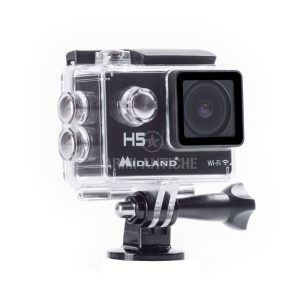 As shown in the accompanying chart the combination of the physical size of the camcorder’s imaging detector (for example 1/3″) and the focal length of its objective lens (for example 50mm) lead to an image field-of-view (FOV) that is described as the angle of view where picture data is received.
As shown in the accompanying chart the combination of the physical size of the camcorder’s imaging detector (for example 1/3″) and the focal length of its objective lens (for example 50mm) lead to an image field-of-view (FOV) that is described as the angle of view where picture data is received.
There are angles corresponding based on the aspect ratio of the picture. For wide screen video formats, the vertical FOV is 9/16 of those horizontal FOV.
All camcorders have zoom lenses where the focal length varies from a wide angle position (with the greatest angular FOV) into some telephoto position (with the smallest angular FOV). A smaller field-of-view results in a image magnification as would be asked to view modest objects at a distance.
When used on the same focal length lens smaller imaging sensors create more narrow angles of view. By way of instance, a 50 millimeter lens delivers a horizontal FOV of 5. And 3. When used with a 1/2″ and 1/3″ structure detector, respectively.
Depending on the variation of detector size and lens focal lengths, the angular field of view for camcorders fluctuates accordingly. The image FOV is determined for any camcorder based on a formula.
Recording Format:
The difference between the various HD recording formats is beyond the scope of this white paper. However, the effects of format on resolution is critical to imaging performance for surveillance applications and is described here.
As shown in the figure (reference at the connection below), standard definition camcorders (using a 4:3 aspect ratio) recorded video using 480 horizontal rows per frame giving a resolution of 640 x 480. (This is for NTSC formats. PAL formats listed with 576 rows per frame giving a resolution of 640×576).
Wide screen versions of these standard definition camcorders with a 16:9 aspect ratio were also accessible and listed with slightly larger resolution of 720 x 480 (720×576 for PAL models ).
Because of the limitations of the recording format, it wouldn’t have been useful to have a high resolution CCD/CMOS detector larger than 720×480 pixels at a standard definition NTSC camcorder except under specific circumstances (such as zooming in to view central pixels). With the introduction of high resolution recording formats, higher resolution sensors make sense.
Camcorder Sensitivity
- Definition refers to settlements based on either 720 rows/frame or 1080 rows/frame and means video using higher resolution.
- Recording formats can either be 1440×1080 1920×1080 and 1280×720.
- Consequently, are available with either 720 or 1080 rows per frame recording formats using a resolution of 1280×720 and 1920×1080.
- It is very important to comprehend the recording format for virtually any camcorder under consideration.
- If the complete sensor resolution is necessary to perform the surveillance function ensure that the camcorder records in resolution that is sufficient.
Had this whitepaper been about electronic cameras, the discussion of recording format would been sufficient to describe the effects on picture quality.
However, because video incorporates motion, the simple fact that some camcorders record “interlaced” video while some record “progressive” video has some relevance, particularly when motion is important to the sort of surveillance being done.
Otherwise, then the relevance of interlace vs. progressive scan is less important.
Additional Resolution Factors:
It’s worth mentioning that in those camcorders that use three detectors, by using interpolation pixel shift technology has been utilized to create improvements. This complicates the calculation of resolution marginally, but might not be a element.
Camcorder sensitivity is of primary significance for surveillance programs when imaging at dusk or dawn, but in addition when a nighttime vision, attaching module that intensifies ambient light. The guidelines for camcorder evaluation are given below.
We recommend a review of the following factors: the Recommended Minimum Illumination Specification, Objective Lens F-number, Detector Pixel Size availability.
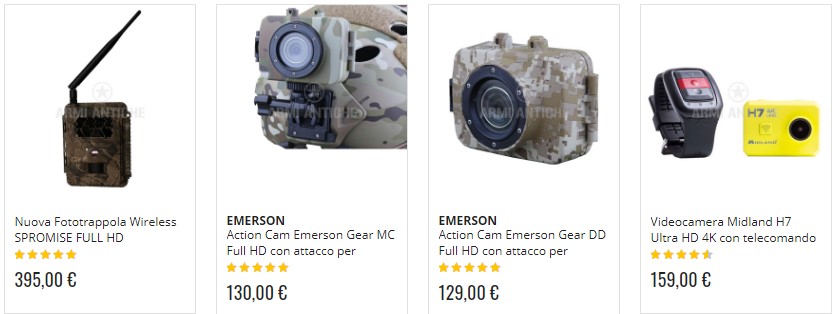
As such, but criteria enabling the comparison of these including: objective lens F-number, pixel size, electronic noise reduction, it’s apparent that lean performance as comprehensive on the list of those camcorders specifications because different cameras may produce varying results, even though the specifications could be similar.
As soon as you identified a couple camcorders that have the qualities of the performance and attention that you require, it’s very important to test the low-level capacities of the camera .
Recommended Minimum Illumination Specification:
Quite often performance specifications are supplied on a camcorder’s specification sheet. These are generally described as either “low light sensitivity” or “minimum illumination” and the result is given in lux. The lower the lux rating, the greater the camera.
However, since the specifics describing these low-light dimensions are made is not supplied, it is difficult to compare these figures when comparing camcorder models that are different from various manufacturers.
What’s the supposed reflectivity of these objects being seen?
What’s the ratio? Picture brightness? etc.). As such, use of these specifications is complicated and not frequently satisfying. It is obviously best to test out the camcorders yourself. Some websites (for instance, https://www.armiantichesanmarino.eu) perform their own very rigorous evaluations.
Detector Pixel Size:
Not only is the detector array size important, but the physical size of the detector can also be important for a range of factors. Most frequently, small detector physical sizes (like 1/6″ structure ) are found in less costly camcorders while larger sensors (e.g. 1/3″ structure ) are found in higher performance camcorders.
Physically tiny detectors require less expensive lenses and result in lower cost camcorders. For surveillance applications, an important thing is that light sensitivity diminishes with pixel size.
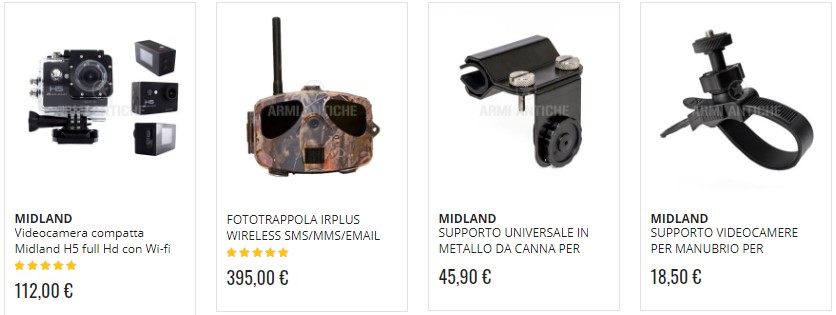
While larger pixels generally have significantly more light sensitivity and therefore are superior when imaging at low light or at night, larger pixels also lead to a decline in resolution (in consideration of a particular focal length lens). Additionally, larger pixels with array sizes lead to arrays and large lenses. So pixels are preferable.
An individual should compare the sensitivity of camcorders with the pixels with camcorders. Pixel sizes for a variety of digital camcorders are shown in the accompanying chart
